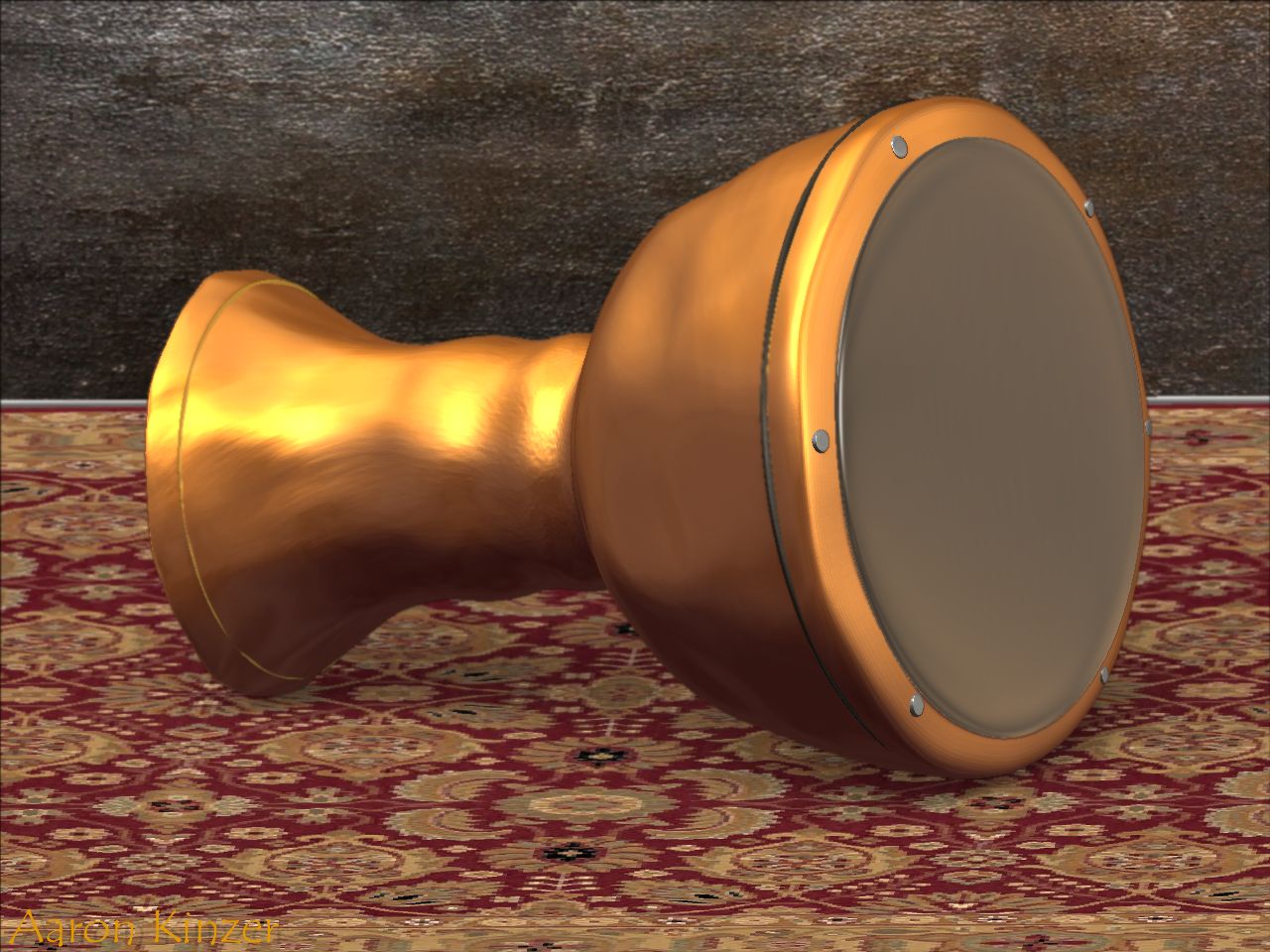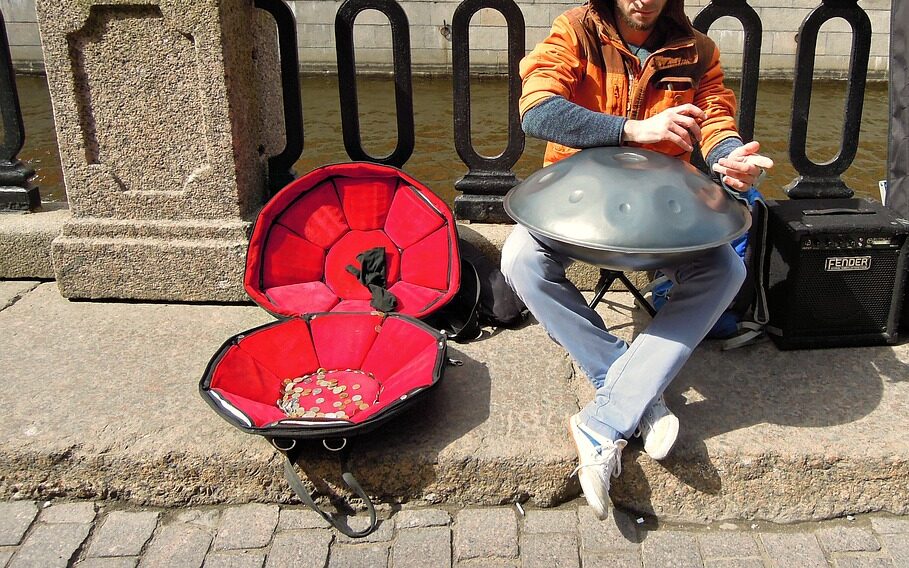If we ask you to name a few percussion instruments and only “drums” come to mind, you are not alone. Percussion instruments are designed to set the rhythm of dance and the rhythm of life. Every culture around the world has its own instruments to keep that rhythm going.
Agogo
The agogo may be the oldest samba instrument with origins in traditional Yoruba music. The agogo consists of two bells of different sizes connected by a U-shaped piece of metal. The agogo makes a bell-like sound when the musician strikes it with a wooden stick. Musicians who use the agogo are David Byrne, the lead singer, and Neil Peart of Rush.
Cajon

This is a hexagonal box that was created by African slaves in Peru. The instrument has a sound hole on one side and a thin piece of wood, such as plywood, on the other. Cajon players strike the thin edge of the box or the tops and sides to create different notes. This unusual instrument is used in contemporary Flamenco, Tondero, Zamacueca, and Peruvian Waltz music. Cajones have also become a favorite among street musicians because of their size and mobility.
Marbibula
The marbibula originated in the Caribbean and was developed by African slaves. These slaves created their instruments from discarded materials such as packing crates, broken or dull hacksaws. The marbibula is made of a wooden box with a sound hole in the center. The metal strips are tuned to different resins and lie across the hole to produce different notes. The marbibula is an easy instrument to play and is great for beginners.
Vibraphone
The vibraphone is a hybrid instrument. It combines the European and South American Marimba xylophone. It consists of different sized metal rods with tuned tubular metal resonators underneath. The instrumentalist can play the vibraphone with two to four hammers made of rubber, felt or yarn, depending on the desired sound.
Checkeret
A shekere is a giant, hollow gourd from Africa and Brazil. The outside is covered with a woven mesh trimmed with balls. The player holds the narrow end in one hand and supports the wider rounded end with the other palm. The player then shakes the pumpkin to create the correct rhythm.
Dumbek

The dumbek is a Middle Eastern instrument that dates back to ancient times. The dumbek is the leading percussion instrument in Egyptian and Arabic music. Traditionally, the dumbek consists of a ceramic shell covered with goatskin or fish. Modern models are made of synthetic materials.
The mridangam
The mridangam is a double cone-shaped drum from southern India. The player tunes one side of the drum with a hammer, while the other is tuned with a piece of cream of wheat (which is placed in the center of the drum). The end of the side serves as the bass drum and is played with the left hand.
Berimbau
The berimbau originated in Angola-Africa, and became popular in Brazil during the slave trade in the 1500s. Resembling a bow and arrow, the berimbau consists of a wooden shaft, a wire to add tension to the gourd. The gourd is connected to a string, a rock, a shaker, and a light stick that strikes a wire over a rock. The berimbau is played during capoeira, the Brazilian martial art.
Hansa
The ganza is a cylindrical instrument from Brazil. The ganza is traditionally made from hand-woven baskets and filled with beads, pebbles, or other objects. Modern ganzas can be made of metal to increase the volume. The ganza can be heard in sambas by shaking it rhythmically, and it serves as a subtext over the rest of the samba performers.The ganza
Daf
The daf is a large framed drum native to ancient Persia. The drum’s construction is hardwood surrounded by rows of metal rings. The drum is traditionally covered with goatskin. Performers strike with their fingers and palms, moving the instrument to create additional sounds from the metal rings. Dafs are used in traditional music and in many religious ceremonies.
Damaru

The damaru is a drum from Tibet played by Buddhist monks. Modern damaru frames are now made of hardwood, but were once made of half human skulls. The danmaru is a one-handed drum that is spun back and forth, struck with small beads attached by cords or braids against the drumheads.
Kaksixi
An unusual musical instrument originated in Ghana and Indonesia and is similar to the Spanish maraca. The instrument consists of a closed basket with a flat bottom filled with seeds or other small, hard objects that create a loud crackling sound. The bottom of the basket is often made of dried gourd, which produces different sounds when the player shakes the basket at different angles. The kaksixi was once used in religious ceremonies to summon benevolent spirits and frighten evil ones.
Kalimba
An African clay instrument, the kalimba, made of a wooden board with chess-like metal prongs that the player squeezes with his fingers. The kalimba is like a miniature xylophone, and because it is played with the thumbs, it is a great instrument for someone who spends all day on their smartphone.
Steel Drum

The steel drum or steel drum comes from the islands of Trinidad and Tobago. These drums contain 12 possible notes and were created after the authorities banned stick playing as well as African percussion music. Nevertheless, there was little the authorities could do to keep musicians from pounding on pots, oil drums, and pots. Steel drummers use two or four rubber nibs to create different sounds. Adept steel drummers are able to use multiple drums at the same time.
